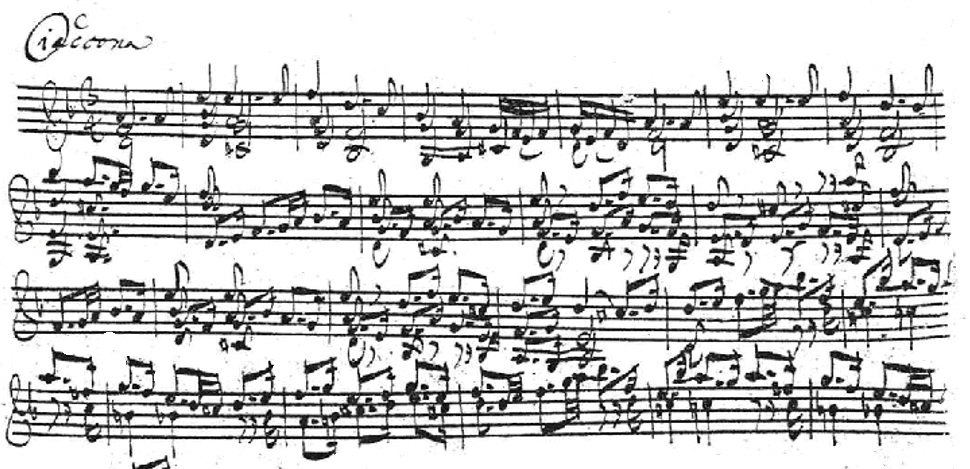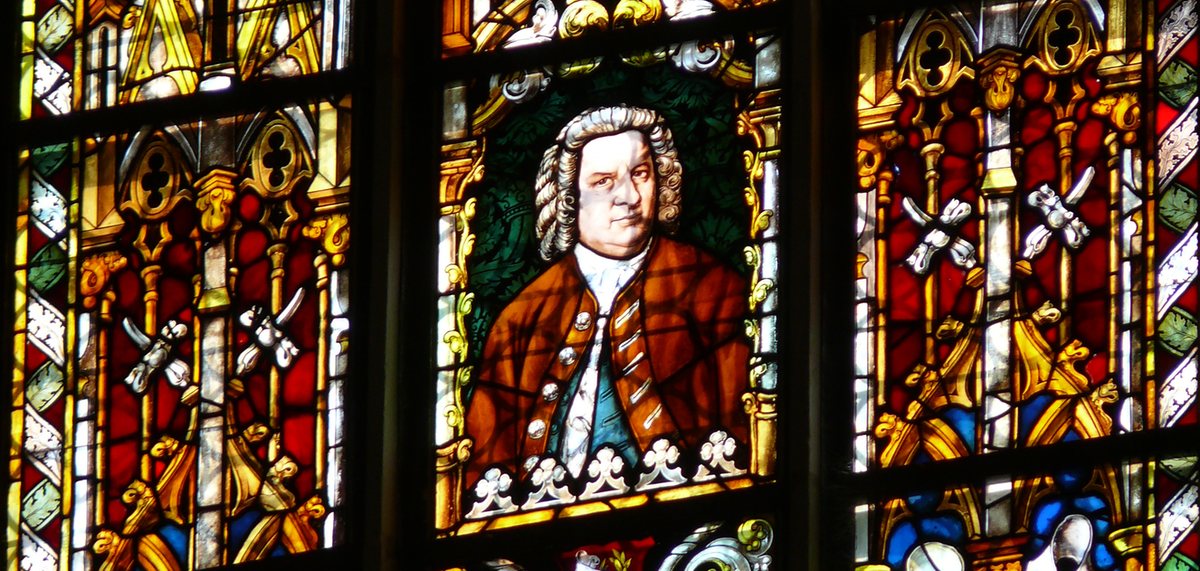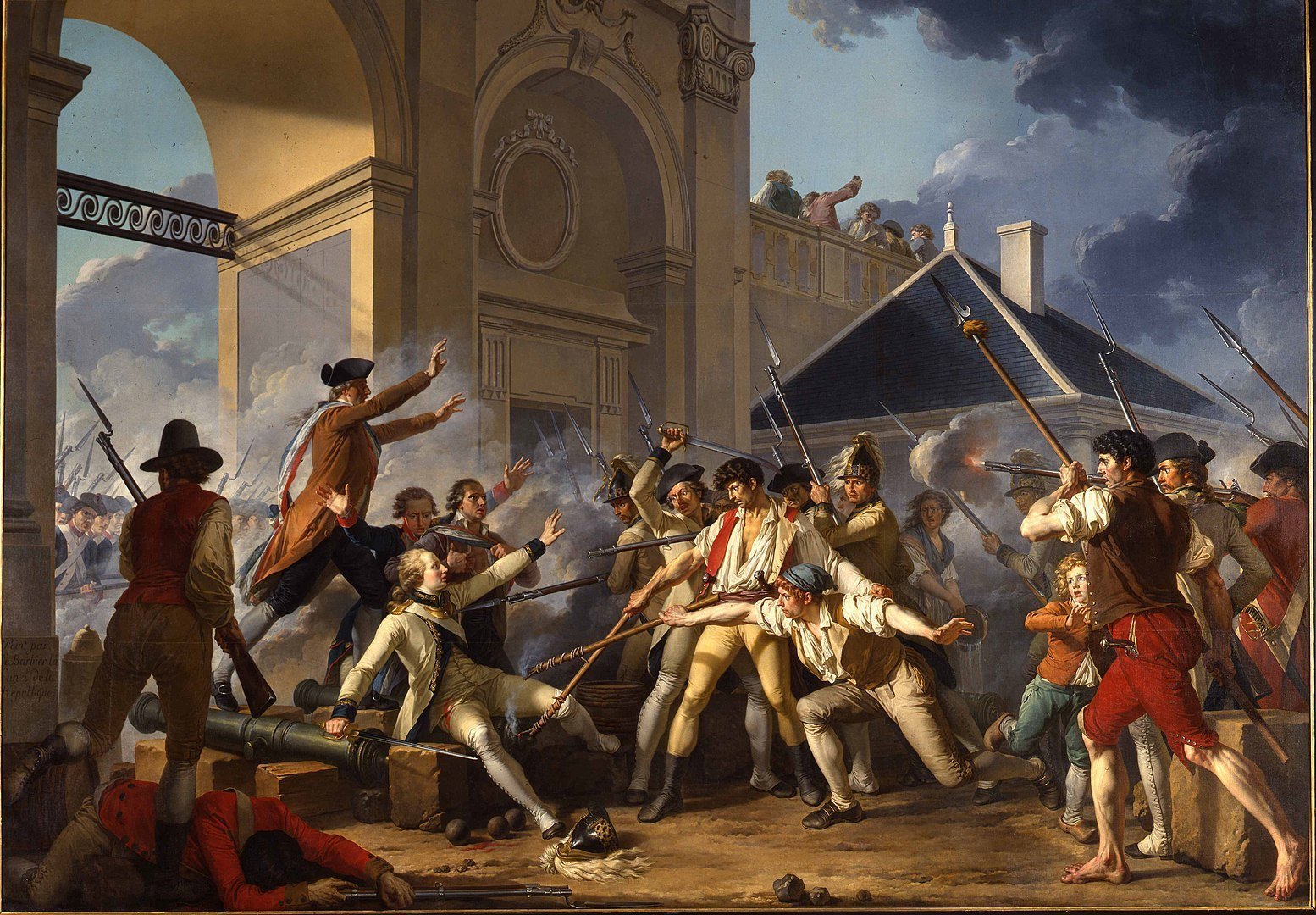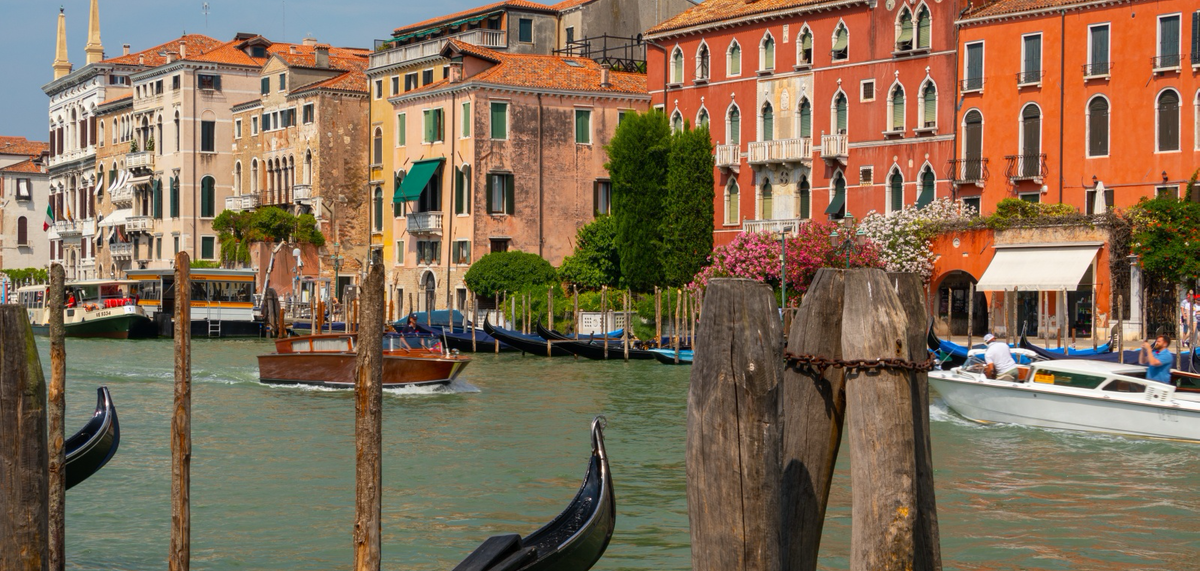A whole world of the deepest thoughts
Known simply as the Chaconne, this work is the last movement of Bach’s Partita No. 2 in D minor for solo violin (BWV 1004). Each movement of the Partita is based on a dance: an Allemande, Courante, Sarabande, and Gigue. And then comes the Chaconne, the fifth and final movement: a movement that is longer than all four that precede it, combined.
Bach composed the Chaconne sometime between 1718 and 1720. Some speculate that Bach composed it after returning from a trip and found his first wife Maria Barbara had unexpectedly died.
Bach lost both his parents before he was ten, and by the time he wrote the Chaconne he had lost three of his children. He would later lose another seven. In Discovering the Cosmology of Bach, Bernard Chazelle says,
“You can tell from his music that his emotion is raw. It is so controlled, but it is so profound. This is a man who truly grieves.”
Brahms, in a letter to Clara Schumann described the Chaconne like this:
“On one stave, for a small instrument, the man writes a whole world of the deepest thoughts and most powerful feelings. If I imagined that I could have created, even conceived the piece, I am quite certain that the excess of excitement and earth-shattering experience would have driven me out of my mind. If one doesn’t have the greatest violinist around, then it is well the most beautiful pleasure to simply listen to its sound in one’s mind.”

Acclaimed violinist Joshua Bell describes the Chaconne as
“not just one of the greatest pieces of music ever written, but one of the greatest achievements of any man in history. It’s a spiritually powerful piece, emotionally powerful, structurally perfect.”
Gene Weingarten, in an article for The Washington Post:
“It’s exhaustingly long — 14 minutes — and consists entirely of a single, succinct musical progression repeated in dozens of variations to create a dauntingly complex architecture of sound. Composed … on the eve of the European Enlightenment, it is said to be a celebration of the breadth of human possibility.”
The Bach Chaconne has been transcribed and arranged many times, most famously for piano by Busoni, and for symphony orchestra by Stokowski. This transcription by David Whitwell uses the full range of the dynamics and colours available from the concert band to highlight the genius of Bach: the beauty and the grief, the melancholy and the majesty of the Chaconne.
The Bach Chaconne is available from Maxime’s Music.





Craig — I’m delighted to see David’s transcription of this work in print. David and I have been friends for more than 50 years, and his contribution to wind literature is beyond compare. I regret that I have reached an age where I no longer serve music as a conductor for I would love to perform this piece. My compliments to David for yet another accomplishment!
Will